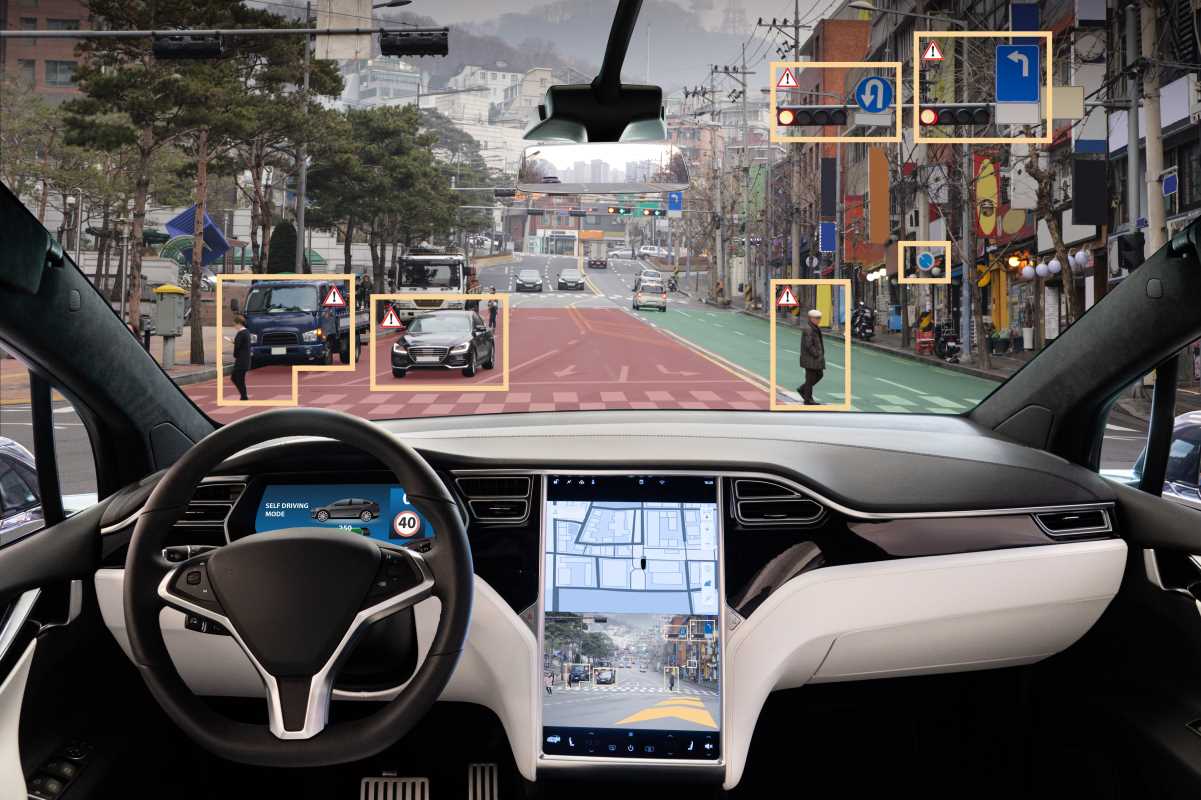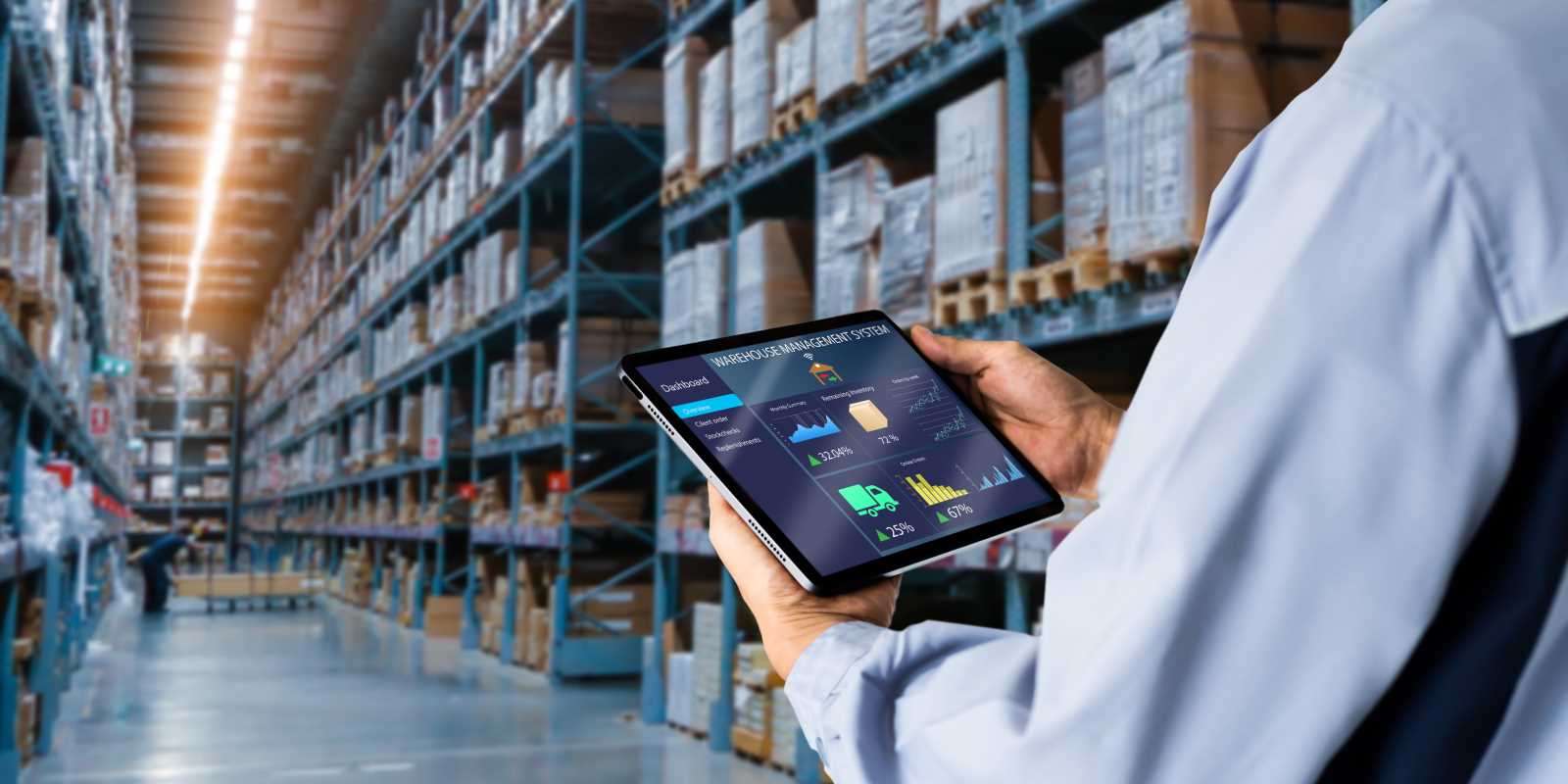Driver assistance technology has rapidly advanced, transforming our travel experience into one that is both safer and more enjoyable. A particularly thrilling innovation in this field is the incorporation of augmented reality (AR) within vehicles. This cutting-edge technology revolutionizes our interaction with cars and the surrounding environment. By superimposing digital information onto the real world, AR provides drivers with real-time data that not only enhances their driving experience but also significantly boosts safety. It's a remarkable leap forward, merging the virtual with the real to reshape the future of driving.
The Current Landscape of Driver Assistance Technologies
- Adaptive Cruise Control (ACC)
- Lane Keeping Assist (LKA)
- Automatic Emergency Braking (AEB)
- Blind Spot Detection (BSD)
- Parking Assist Systems
- Traffic Sign Recognition
Integrating Augmented Reality into Vehicles
AR technologies seamlessly integrate into vehicles through advanced head-up displays (HUDs) and smart windshields. These systems project important information directly into the driver's line of sight, reducing the need to look away from the road. For example, the *Mercedes-Benz* AR HUD shows navigation instructions, speed, and even highlights pedestrians or cyclists around the vehicle. Similarly, *BMW's* smart windshield displays critical alerts and enhances night driving by highlighting road features.
Besides HUDs, AR also enhances in-car infotainment systems. Drivers can use gesture controls and voice commands to interact with the AR interface, making it easier to access maps, media, and other essential functions without distraction. Companies like *WayRay* pioneer holographic AR displays that offer a more immersive driving experience, blending digital and physical elements effortlessly.
The Benefits of AR in Driver Assistance
- Enhanced Safety: AR provides real-time alerts for potential hazards, such as pedestrians crossing the street or obstacles in the vehicle's path. By presenting this information directly in the driver's view, AR helps to prevent accidents and encourages safer driving habits.
- Improved Navigation: Traditional GPS systems can sometimes be distracting or unclear. AR navigation displays turn directions into intuitive visual cues, such as arrows on the road or landmarks highlighted on the windshield, making it easier for drivers to follow routes without taking their eyes off the road.
- Better Situational Awareness: AR aggregates and displays data from multiple sensors, giving drivers a comprehensive view of their surroundings. This includes vehicle speed, distance from other cars, and road conditions, all of which contribute to a more informed and confident driving experience.
- Convenience: With AR, accessing vehicle controls and information becomes more straightforward. Drivers can adjust settings, change music, or communicate with their cars using simple gestures or voice commands, reducing the need for physical interaction with the dashboard.
- Enhanced User Experience: AR makes driving a more engaging and enjoyable activity by providing interactive and customizable interfaces. Drivers can personalize their AR displays, choosing which information to prioritize based on their preferences and driving style.
Challenges and Limitations of AR in Driver Assistance
While AR offers numerous advantages, it also brings its own set of challenges. One of the primary concerns involves ensuring that the AR displays do not create distractions themselves. If not designed carefully, the additional information presented to the driver could overwhelm them, leading to decreased focus and potentially increasing the risk of accidents.
Another limitation is the current cost and complexity of AR technology. High-quality AR systems require sophisticated hardware and software, which can make them expensive to implement and maintain. This cost barrier may slow down the widespread use of AR in driver assistance, especially in more affordable vehicle models. Additionally, integrating AR with existing vehicle systems requires significant research and development, presenting technical challenges that manufacturers must address.
Environmental factors such as lighting conditions and weather can also affect the effectiveness of AR displays. For instance, excessive sunlight or heavy rain can obscure the AR visuals, reducing their clarity and usefulness. Ensuring that AR systems perform reliably under all driving conditions is essential for their success.







